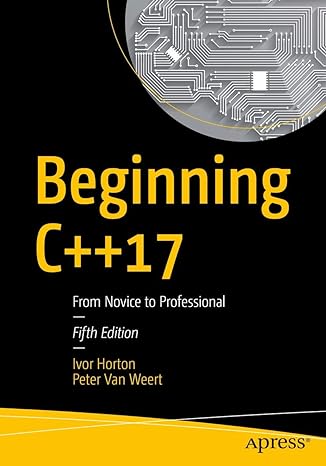Dimensional3 is an open-source 3D game engine often written as Dim3. Apple has chosen Dim3 as an exclusive development engine for Mac OS and described it as “hot game building tools”. Dim3 has access to DevMaster’s 3D engines database.
Written in C++ the engine uses OpenGL libraries for graphics rendering, JavaScript for scripting, XML for data and Simple Direct Media Layer for resolution switching, input, and sound. Dim3 has four main components Engine, Editor, Animator, and Setup that offers the main features of the engine.
The supported platforms for the engine are various, including Windows, Linux and Mac OS.
Game Engine Features
1) The Engine component is responsible for the deployment of applications that runs games created in dim3. The games (or “projects”) created through this engine are cross-platform and only require the proper engine to run on the appropriate platform. All versions of the game can play across the network with each other.
2) The Editor is used to create levels for the game scene by importing various 3D models into it. The Editor supports per-pixel lighting, bump and specular mapping, real-time lighting or baked lighting, particles and other special effects, skeletal animation, and manipulation through JavaScript.
3) The Animator is used to loop animations and add effects to models used with dim3. The Animator uses a skeletal animation system; you can add bones, setup poses for the bones, and to combine those poses into animations which makes character movement simple yet very realistic.
4) Setup is a utility that allows the developer to change all other settings in the project, for example, the HUD, network, or particle settings.
5) All the maps, models, artwork, sounds, and scripts required to create a game in dim3 are contained in the data folder. Each game contains up to 3 data folders. Non-editor data is in standard formats: PNG, WAV, and mp3. A demonstration “game” is added to dim3, which spectacles most of the engine’s capabilities.
Games Developed using Dim3
Beats of Rage is a tribute to Sega’s Streets of Rage series. Initially developed by Senile Team, the resources for game are taken from King of Fighters series and has a pseudo-3D field. Players can choose between Max Bacon, Mandy Bluegard, or Kula Gem to defeat the forces of Mr. Y, who has taken over the city. Beats of Rage supports two-player mode, characters in the game always face left or right but are capable of three-axis movement.

Source Code

Master modern programming with Beginning C++17 – your gateway to building powerful, efficient, and future-ready applications!
View on Amazon
The C++ source code of the Dim3 engine is accessible from Google Code Archive.






